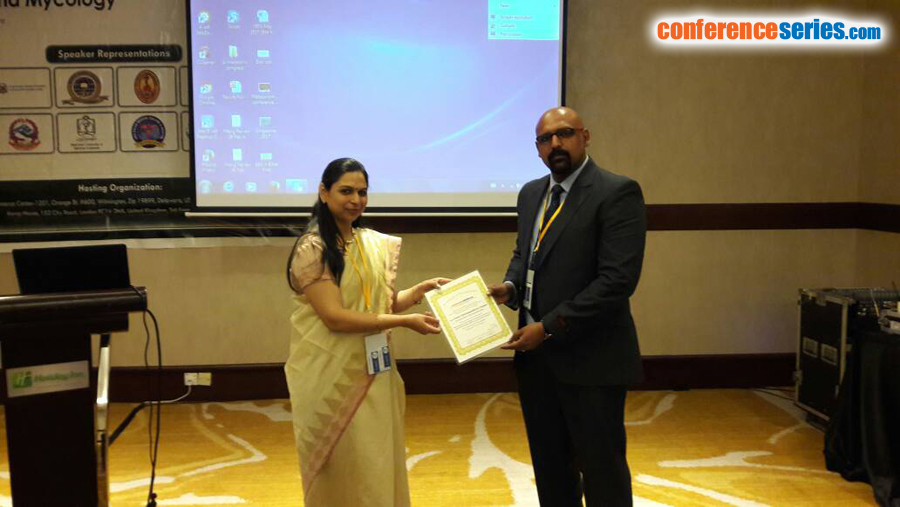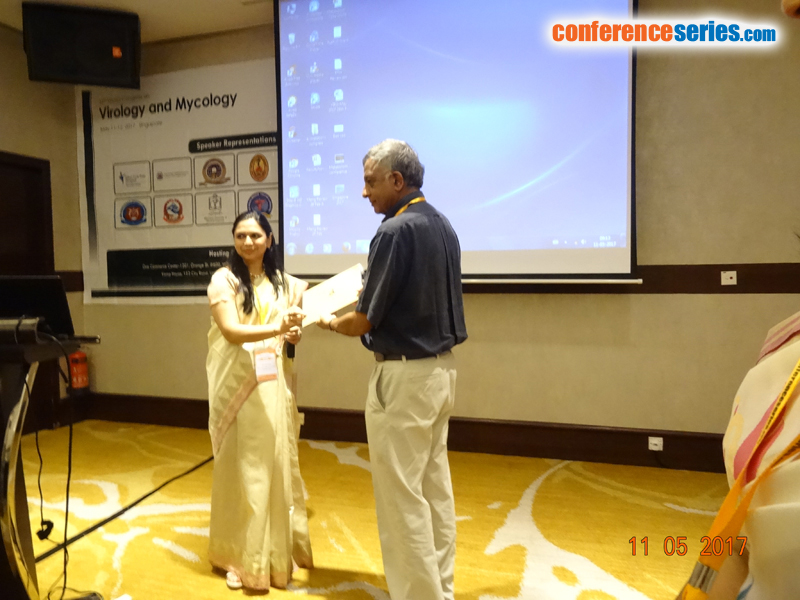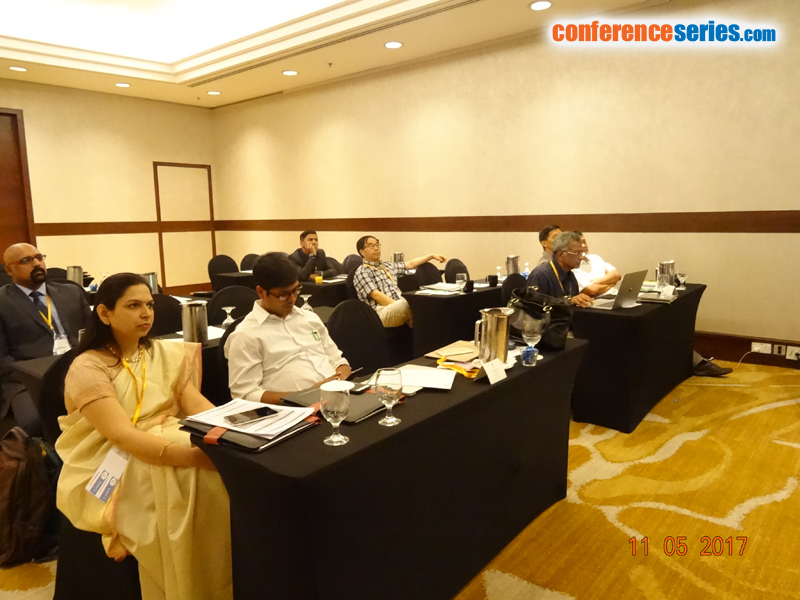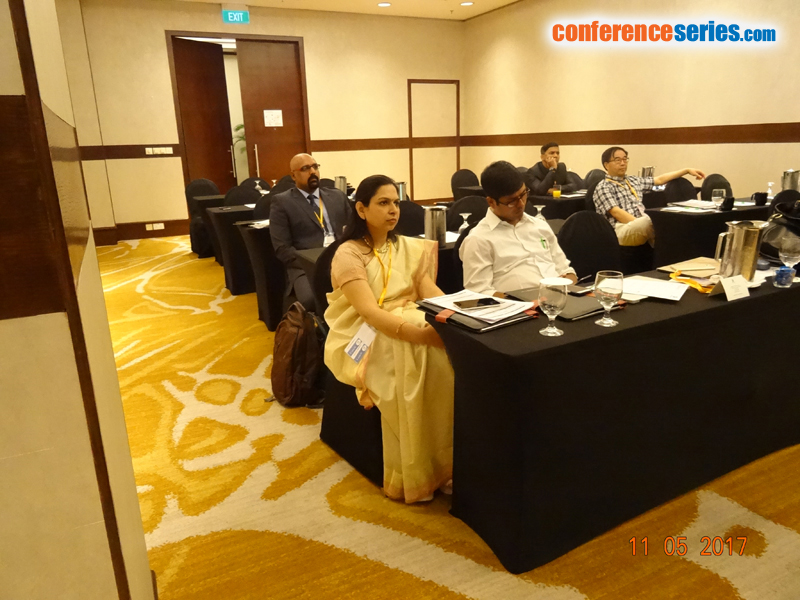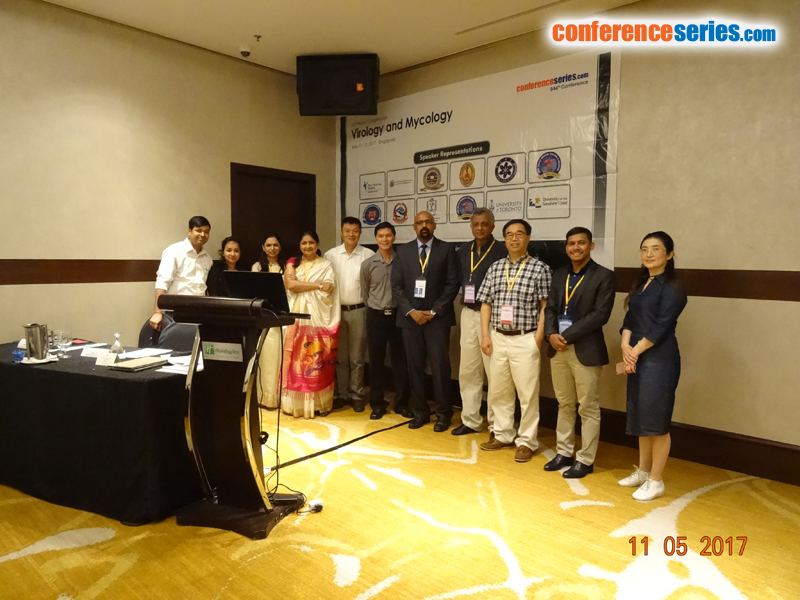
Parul Jain
King George’s Medical University, India
Title: Etiology of acute encephalitis cases in Uttar Pradesh, India
Biography
Biography: Parul Jain
Abstract
Statement of the Problem: Acute Encephalitis Syndrome (AES) is reported from all over the world. In India, it has been estimated that a population of 375 million people residing in 17 states are at a risk of acquiring AES. Uttar Pradesh (UP), a north Indian state, bears a disease burden of 70%. Therefore, the aim of this study was to know the common etiologic agents of AES and their epidemiologic characteristics in the vicinity of Lucknow, UP, India. Methodology & Theoretical Orientation: Patients presenting with clinical diagnosis of AES whose serum and/or CSF samples were available were enrolled in the study over a four year period, from January 2013 to December 2016. The samples were tested by various ELISAs and PCRs for viruses and bacteria. Findings: Total 1044, 1155, 1658 and 1207 AES cases were enrolled in the years 2013, 2014, 2015 and 2016 respectively. Consistently, Scrub typhus was the most common etiology detected (mean: 31.7%), followed by Japanese encephalitis virus (mean: 10.5%), Dengue virus (mean: 7.8%), and Measles virus (mean: 5.8%). Herpes Simplex virus, Varicella Zoster virus, Enteroviruses, H. influenzae, and S. pneumoniae were found in <1% cases. N. meningitides was not detected in any case. A month wise analysis showed that AES cases were reported throughout the year with a dip in the number of cases during February and March. Similarly, anti-DV IgM was detected throughout the year but with a small peak during August through October. Anti-JEV IgM and anti scrub typhus IgM showed a distinct seasonality with maximum number of cases being observed during monsoon and post monsoon season. Conclusion & Significance: Arboviruses and scrub typhus contribute to maximum number of AES cases in North India.


